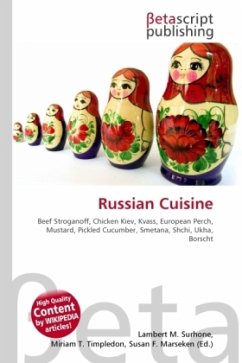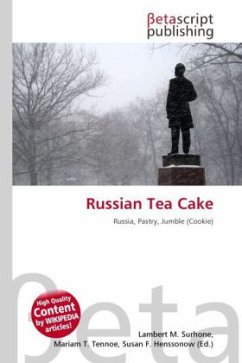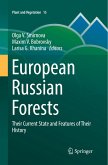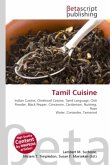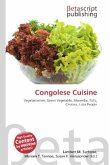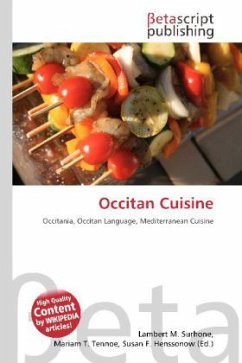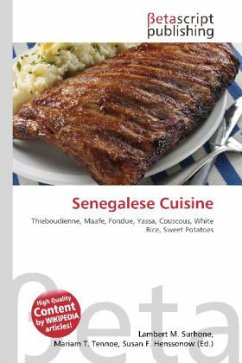High Quality Content by WIKIPEDIA articles! Russian cuisine derives its rich and varied character from the vast and multi-cultural expanse of Russia. Its foundations were laid by the peasant food of the rural population in an often harsh climate, with a combination of plentiful fish, poultry, game, mushrooms, berries, and honey. Crops of rye, wheat, barley, and millet provided the ingredients for a plethora of breads, pancakes, cereals, kvass, beer, and vodka. Flavourful soups and stews are centered on seasonal or storable produce, fish, and meats. This wholly native food remained the staple for the vast majority of Russians well into the 20th century. Russia's great expansions of territory, influence, and interest during the 16th?18th centuries brought more refined foods and culinary techniques. It was during this period that smoked meats and fish, pastry cooking, salads and green vegetables, chocolate, ice cream, wines, and liquor were imported from abroad. At least for the urban aristocracy and provincial gentry, this opened the doors for the creative integration of these new foodstuffs with traditional Russian dishes.
Bitte wählen Sie Ihr Anliegen aus.
Rechnungen
Retourenschein anfordern
Bestellstatus
Storno

